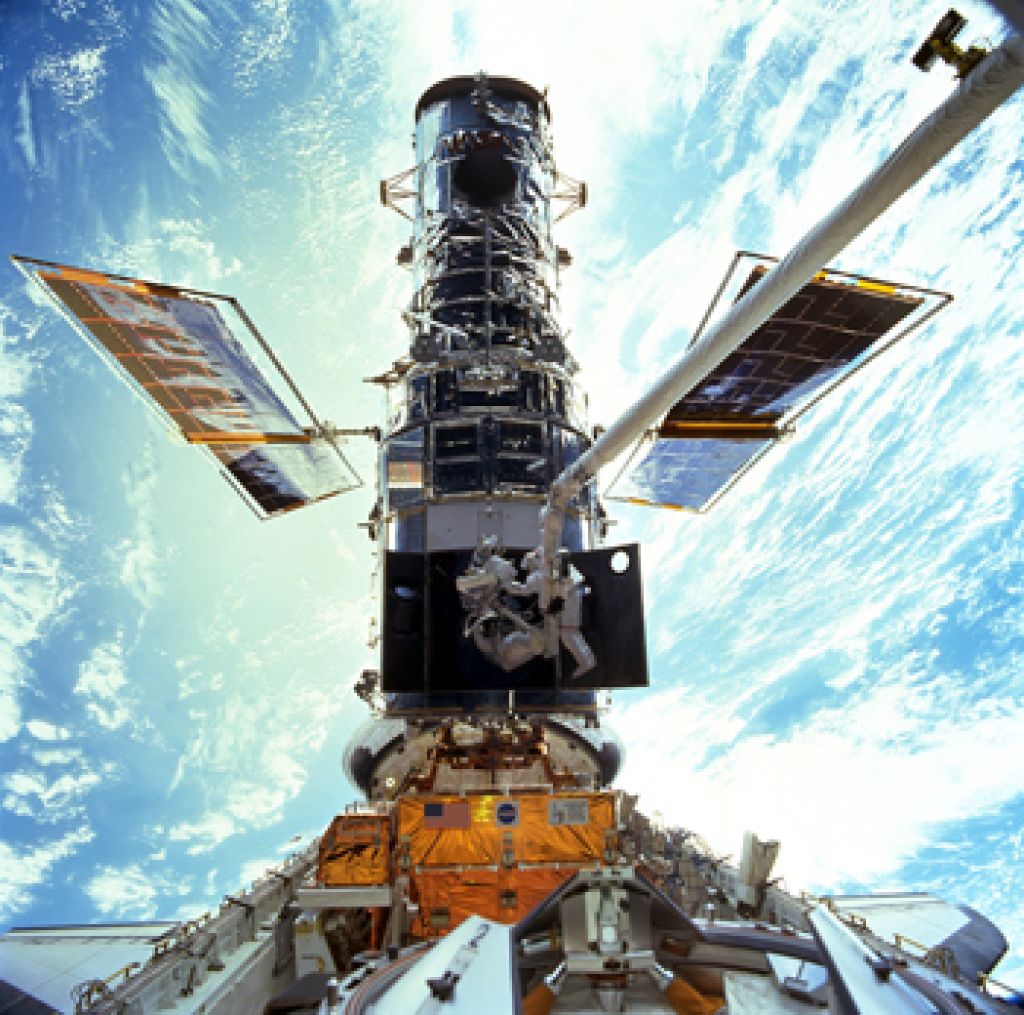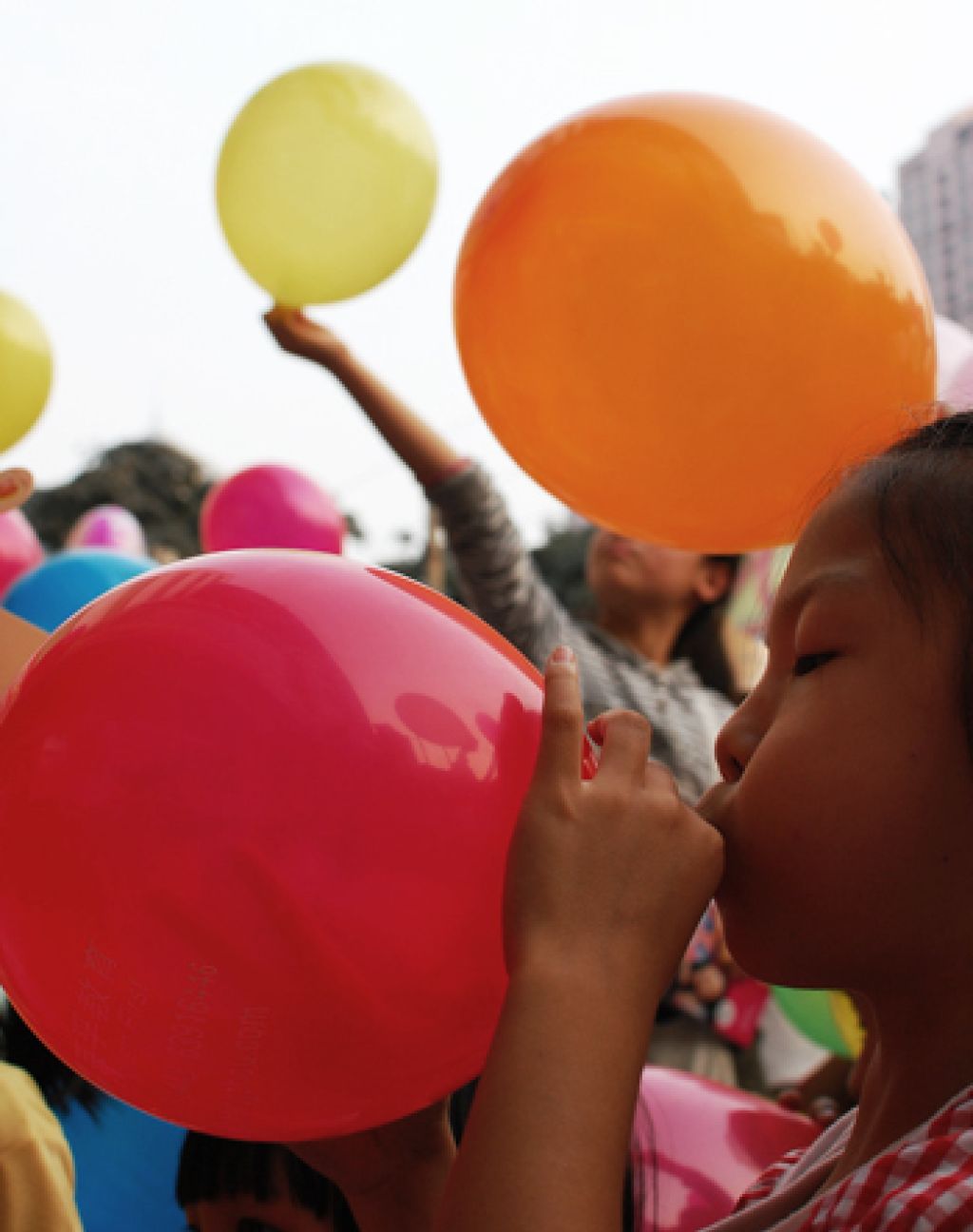Stargazing with Maropeng – the Big Bang and the origins of the universe

Humans have been fascinated by the stars for millennia. We have understood them as the controllers of fate, as geographical markers, and as windows into the mysterious origins of the universe. If you have forgotten the beauty of stargazing – humankind’s oldest pastime – then join Maropeng‘s resident astronomer Vincent Nettmann for a journey into the mists of time on Saturday, March 12.
The stars hold the key to explaining how our universe was formed, and this is why scientists keep trying to look further and further into deep space. Recently the Hubble telescope allowed us to see pictures of a galaxy that was formed 500-million years after the Big Bang. This is oldest galaxy humans have ever seen!
What is the Big Bang?
We are still trying to understand exactly how the universe began, but the fact that our universe even had a beginning is something scientists have only recently discovered. We now know that the universe burst into existence in what is called the Big Bang, roughly 13.7-billion years ago.
Don’t be fooled by the name; there probably was no actual “bang,” but there was an explosion of sorts. Imagine all the matter in the universe squeezed into a point smaller than the full stop at the end of this sentence. Now imagine all that energy suddenly exploding outwards. That initial explosion was the Big Bang.
The universe is expanding
In order to understand the Big Bang, we need to understand the idea of an expanding universe. People used to think the universe was static, unchanging. However, astronomer Edwin Hubble (after whom the Hubble telescope is named) discovered that galaxies are moving away from us. And, the further away they are, the faster they move. This started him thinking that the universe itself was expanding.
How can we understand this? One way is to compare the universe to a balloon. Pick up a deflated balloon and blow it up.
The surface of the balloon is very much like the universe. As you continue blowing, the balloon grows and grows. Since the Big Bang all those billions of years ago, our universe has been expanding like this.
To see why Hubble was interested in how the galaxies are moving away from us, draw dots on a balloon and blow it up slowly. Observe how the dots move away from each other at different rates as the balloon expands.
Press rewind
What would we see if we pushed rewind on the video of you blowing up that balloon? We would see the balloon getting smaller and smaller, right until there was no air inside it, and it lay limp in your hand.
Scientists try to imagine what we would see if we pushed rewind on the video of our universe. Can you guess? Like the balloon, we would see the universe get smaller and smaller, until it was smaller than an atom.
Small universe
It was from here that the Big Bang occurred. That tiny universe was so dense (meaning there was so much squashed into so little) and so hot (for the same reason) that the only way it could release its energy was to expand very, very quickly.
How quickly, you may ask? The universe expanded at close to the speed of light. Scientists estimate that 98% of all matter that exists today came about only three minutes after the initial explosion.

Looking into the past
Because some galaxies are so far away, their light takes billions of years to reach us. This means that, with the help of advanced telescopes, we can actually look into the past and see the “early universe” after the Big Bang.
We are so lucky to see these sights! Take this opportunity to learn more about the origins of the universe with astronomer Vincent Nettmann at Maropeng’s stargazing evening, Living amongst the Stars on Saturday, March 12.
The cost for this special evening is R190 per adult and R90 per child (four to 14 years) and includes the stargazing presentation and a delicious buffet dinner. Why not combine the evening with an overnight stay at the luxurious Maropeng Boutique Hotel?
For R1 005, per person sharing per night, visitors can enjoy the stargazing presentation plus dinner, as well as bed and breakfast at this boutique hotel.
Click on the dates below to book online for the stargazing presentation and the accommodation special:
- March 12: Living amongst the Stars
- April 30: Our Deep Southern Skies
- May 21: You Are Here
- June 25: Galileo, the Man who Changed the World
- July 9: Journey to the Moon
You can see more pictures from the Hubble telescope here.